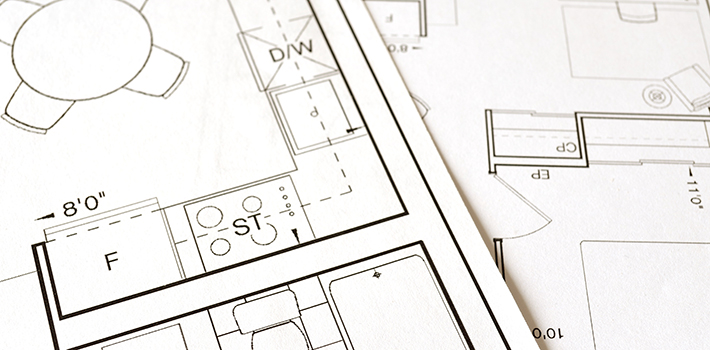Assembling buildings as a single, integrated system
by David Frise
For a building to be a ‘product’, you have to start the process off correctly by designing it before you start. Not rocket science, but rarely achievable in the “crack on” world of construction. Most projects start on-site far too early and well before the design is fully completed. This means that we end up not in design and build mode, but in the folly of build and design. A harum-scarum process that is desperately inefficient and leads to massive additional costs. The Get it Right Initiative estimates anywhere between 10-24% of cost stems from avoidable error, more than the total profits of all the construction industry put together. It is no wonder construction is high risk and low margin and why so many Chief Executives of major contractors have short term periods in charge.
It often appears that the building is a secondary requirement. We all invest in property, either personally or through our pensions. An investment vehicle requires less focus on specification and more on the need to be on time and on budget, to generate that return on investment. Of course, the best clients recognise that this does not pay in the long term, but there are many that do not.
This drives inefficient behaviours down the supply chain because, if you are not concerned about the quality of the product, you will not need to be concerned about the people who install it. This leads to you also not needing to worry about paying them on time. So poor payment practices are rife as a result.
The current system needs on-site activity to trigger payments down the supply chain, so we all want to see deliveries of materials and site progress to improve our cash flow. The result is cluttered sites and out of sequence works to make progress look better than it is (nothing makes a room look near to completion like a ceiling, even if the services above it are yet to be installed). This also leads to late design changes, reworking and yet more increased defects.
Build and design delivers broken buildings, while the process of delivering them causes broken people. The most likely way you will die in construction is suicide. The pressures of working in the industry, especially as a specialist contractor, are enormous as you chase slim margins and impossible programmes and if your house is on the line, this often becomes unbearable.
It doesn’t have to be this way
Planning departments could give planning consent but not allow a start on site until the design had been completed or perhaps a Regulation 38 Fire Plan signed off by Building Control. This would prevent the immediate start of build and design. The freeholder would pay a professional to sign off the design so there would be no additional workload on planning departments.
Of course, if the developer used BIM this process would be easier to complete. You would also encourage the use of DFMA and off-site techniques that would improve efficiency and improve safety, as fewer workers would be required on site. The same could be said for reductions in waste.
Imagine a world where buildings were assembled quickly on-site, causing less disruption to local residents and businesses and at a lower cost; buildings that not only looked like the planning application but performed to the correct standards and were defect free. This would surely be a more profitable industry that attracts the brightest and the best. We might even address our “image” problem.
We would like to acknowledge Building Engineering Services Association (BESA) in allowing FIS to reproduce David Frise’s article.

